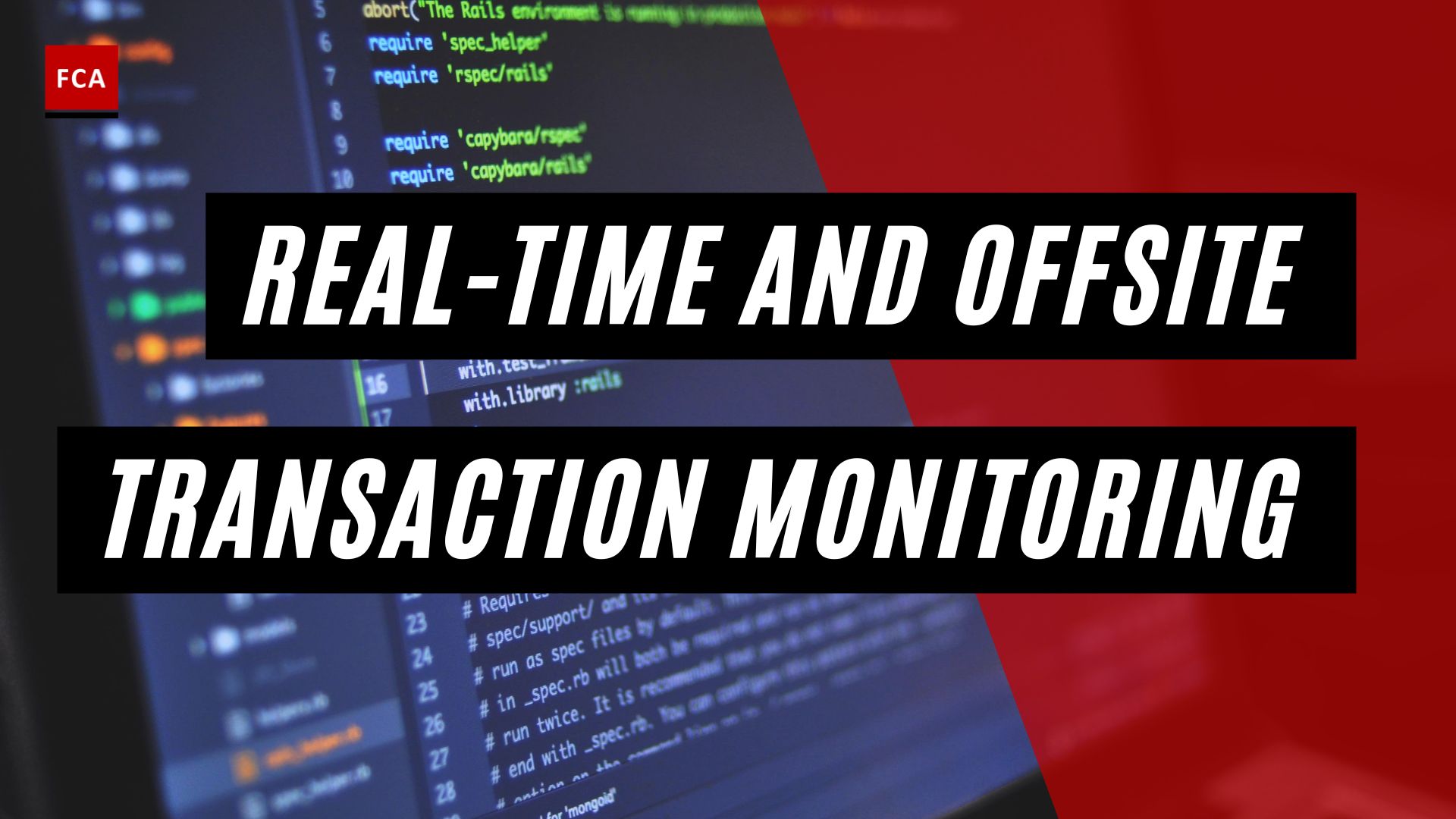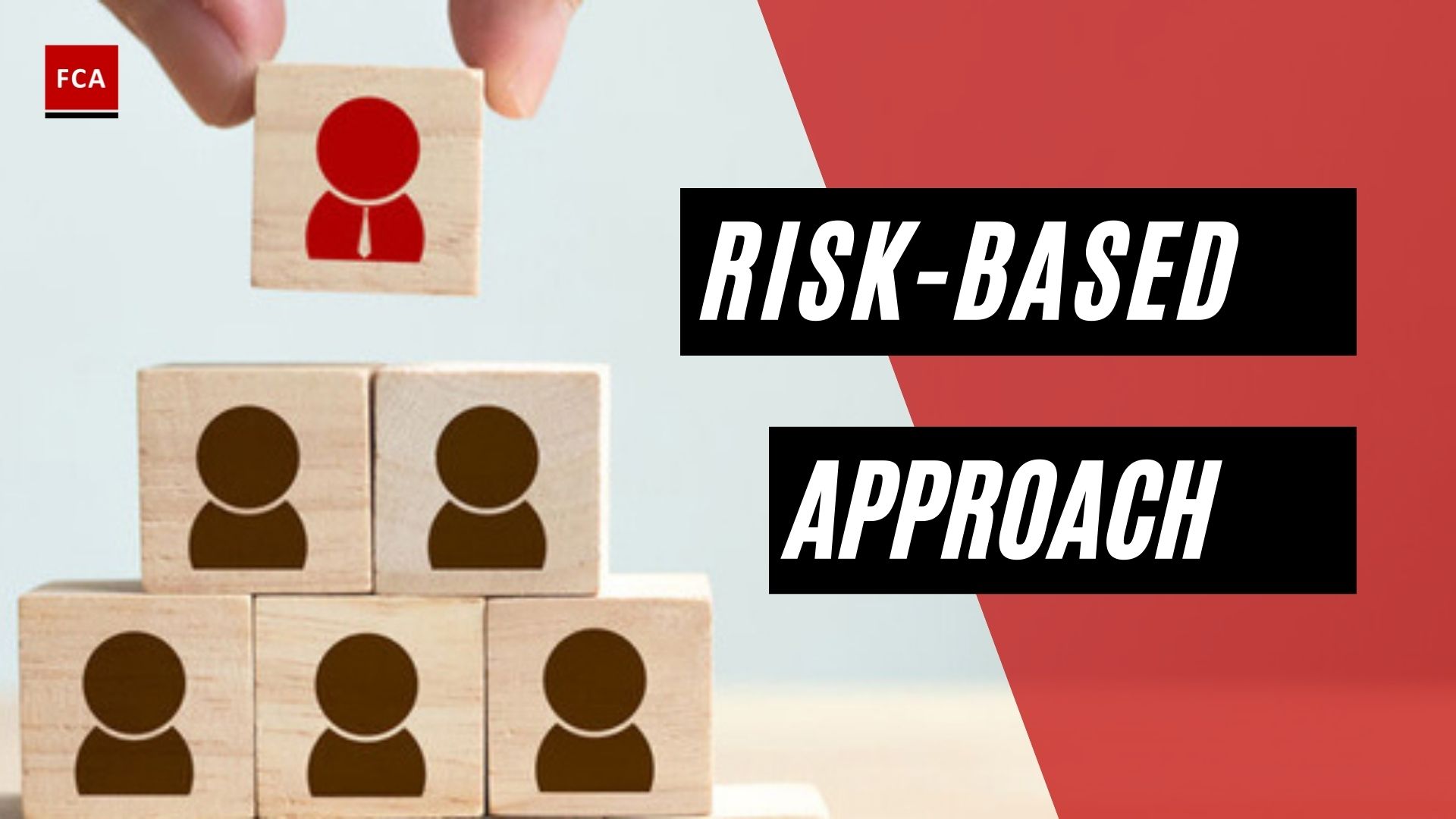The role of anti money laundering team. Money Laundering Reporting Team is part of the Compliance Function’s AML department. The AML team assists the MLRO, acts as a second line of defense, and collaborates with the first line of defense, including the account opening team and operations managers.
The Role Of Anti Money Laundering Team
The AML team takes a risk-based approach to handle AML and KYC-related regulatory obligations, as well as working to ensure that compliance and AML rules are followed. The AML team must undertake independent compliance supervision daily and must not be involved directly or indirectly in company operations, receipt, transfer, or payment of monies. On a daily basis, the AML team undertakes transaction monitoring as one of the crucial tasks it plays in identifying suspicious transactions or activity.
To fulfill its AML/KYC responsibilities, the AML team should have access to customer or client accounts, transactions, and other relevant information; use the provided resources to implement the compliance program; understand the business’s functions, operations, and structure; understand ML/TF risks and vulnerabilities, and understand AML/CFT/KYC regulatory requirements and other related regulations.

Responsibility Of AML Team
The AML team is mainly responsible to:
- ensure compliance with applicable AML/CFT and KYC laws, rules, regulations, and instructions,
- support the MLRO in developing an end-to-end compliance program and AML/KYC policies, procedures, methods, tools, and so on, in the light of regulatory requirements;
- ensure that AML/KYC policies and processes are implemented, to ensure that all the clients and customers are identified, screened, and verified, before opening accounts;
- perform AML revies and identify findings and issues, related to compliance for review of MLRO;
- report to the MLRO promptly on any material regulatory non-compliance (for example, failures that may attract a significant penalty);
- ensure that customer accounts and transactions are regularly monitored, to identify suspicious activities, and transactions;
- support the MLRO in the review of Compliance policies and procedures;
- coordinate with departments and operation teams, to implement the Compliance Program;
- respond and facilitate regulatory authorities or agencies, in performing inspections or investigations;
- ensure that the employees are provided with AML/KYC training;
- timely and accurately report the Suspicious Activity Report (SAR), after appropriate investigation, to the relevant regulatory authority.
AML team performs periodic and risk-based compliance testing in crucial operations and activities of the organization, such as related to account opening, cash management, investments, and risk management. The purpose of periodic compliance testing is to ensure that AML/CFT and KYC controls are operating effectively, to identify and manage the ML/TF risks and ensure regulatory compliance.
AML team supports the MLRO in developing the AML training program for the employees. As part of the Compliance Program, the AML team ensures that an ongoing AML training program is developed and implemented. AML training includes related regulatory requirements and references to the internal AML policies, procedures, and processes.
At a minimum, the training program must be provided to all employees whose duties require knowledge of the BSA requirements. AML team ensures that training is provided periodically to all the employees, especially those working in the account opening team and related departments. The AML compliance officers are required to complete an internal AML/CFT certification program as “knowledge checks” to ensure an understanding of the AML/CFT regulatory requirements.
Know Your Customer
Compliance for banks begins with verifying the identity of new clients, a process known as Know Your Customer (KYC). Banks are required to understand the nature of a client’s activity and verify deposited funds are from a legitimate source, in addition to establishing the customer’s identity.
Banks and brokers are also required to screen new customers against lists of criminal suspects, individuals and companies subject to economic sanctions, and «politically exposed persons»—foreign public officials, their family members, and close associates.
Money laundering can be broken down into three stages:
- Illicit funds are being deposited into the financial system.
- Layering refers to transactions designed to conceal the illicit origin of funds.
- Laundered funds are used to purchase real estate, financial instruments, or commercial investments.
The KYC process is designed to thwart such schemes at the first deposit window.
Customer Due Diligence
Customer due diligence is essential to the KYC process, for example, ensuring that the information provided by a potential customer is accurate and legitimate. However, it is a continuous process that includes both old and new customers and their transactions.
Customer due diligence necessitates an ongoing assessment of each client’s risk of money laundering and the application of that risk-based approach to conduct closer due diligence on those identified as higher non-compliance risks. Customers must be identified as they are added to sanctions and other AML lists.
Customer due diligence seeks to detect money laundering strategies such as layering and structuring, also known as «smurfing»—the splitting up of large money laundering transactions into smaller ones in order to avoid reporting limits and scrutiny.
The AML holding period, which requires deposits to remain in an account for a minimum of five trading days before they can be transferred elsewhere, is one rule in place to prevent layering.
Financial institutions must develop and implement a written anti-money laundering compliance policy, which must be approved in writing by a member of senior management and overseen by a designated AML compliance officer. These programs must include «risk-based procedures for ongoing customer due diligence» as well as «ongoing monitoring to identify and report suspicious transactions.»
Final Thoughts
Customer due diligence (CDD) describes the scrutiny that financial institutions (and others) are required to perform to thwart, identify, and report violations. Anti-money laundering (AML) is the broad category of laws, rules, and procedures aimed at deterring money laundering. KYC rules apply customer due diligence to the task of screening and verifying prospective clients.









